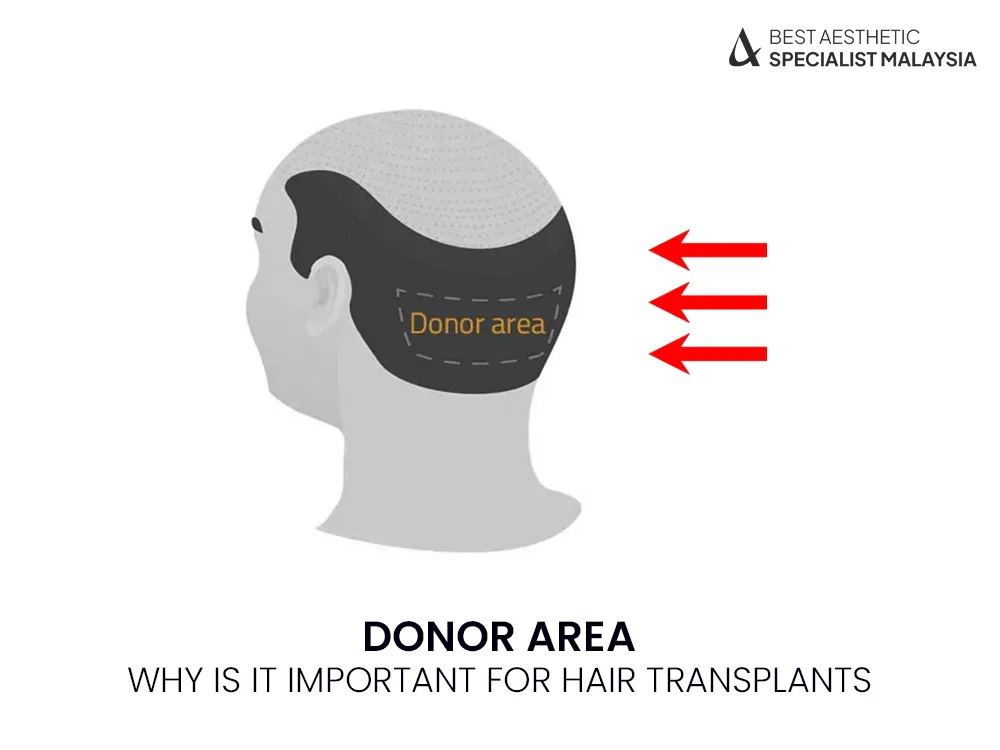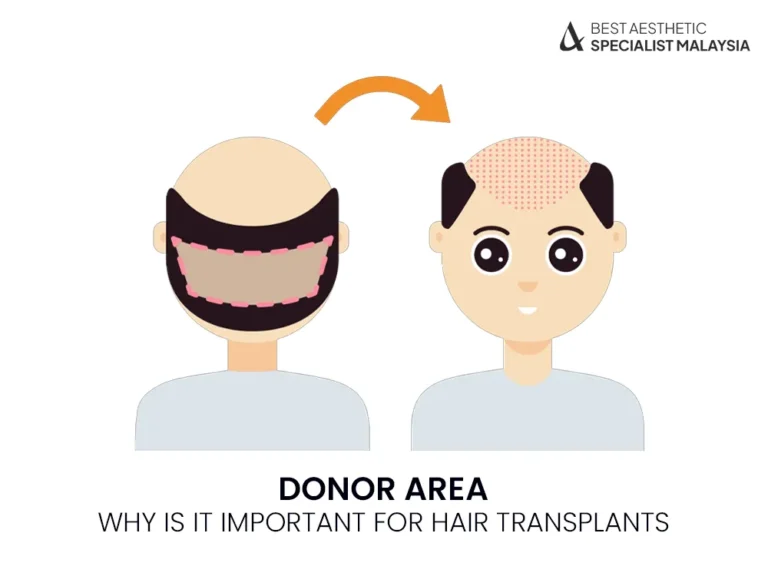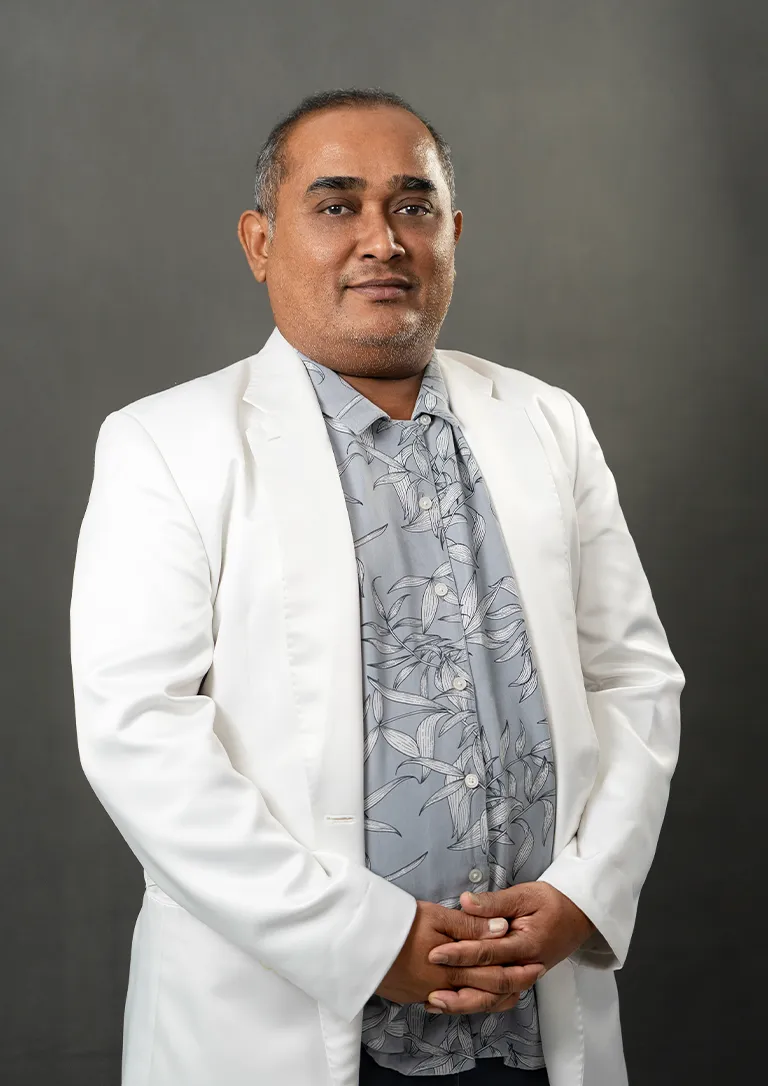Donor Area
The donor area plays a crucial role in the success of hair transplant procedures. For anyone considering this treatment, understanding the donor area and how it relates to the overall outcome is essential. In this comprehensive guide, we will explore what the donor area is, its importance in hair transplants, and provide answers to frequently asked questions.
Visit Best Hair Transplant Clinic : https://glojasaesthetic.com/hair-services/hair-transplant/
What is the Donor Area?

The donor area refers to the region of the scalp where healthy, hair-bearing follicles are harvested for transplantation. Typically, this area is located on the back and sides of the head, as hair in these regions is genetically resistant to hair loss caused by dihydrotestosterone (DHT). These resistant hairs ensure that the transplanted follicles will continue to grow hair in their new location, providing long-lasting results.
Why is the Donor Area Important in Hair Transplants?
The condition and management of the donor area are critical to the success of a hair transplant. Here’s why:
Supply of Hair Follicles:
The donor area determines how many viable grafts can be extracted for transplantation. A healthy donor area with thick hair density ensures an adequate supply of follicles.
Natural Appearance:
A well-maintained donor area ensures that the transplanted hair looks natural and blends seamlessly with the existing hairline.
Limited Resource:
The donor area is finite. Overharvesting can lead to visible thinning, compromising the overall aesthetic of the scalp. Skilled surgeons prioritize preserving this resource.
Resistant to Hair Loss:
Hair taken from the donor area retains its genetic resistance to hair loss, meaning transplanted hair will not fall out like the original hair in the recipient area.
How the Donor Area is Managed During Hair Transplants
The donor area’s management depends on the technique used in the hair transplant procedure. The two primary methods are:
Follicular Unit Extraction (FUE):
In FUE, individual follicles are extracted using a micro-punch tool. This technique minimizes visible scarring and allows for quicker healing.
Follicular Unit Transplantation (FUT):
Also known as the strip method, FUT involves removing a thin strip of scalp from the donor area. The strip is dissected into individual follicular units for transplantation. While this method may leave a linear scar, it is often concealed by surrounding hair.
Factors Influencing the Quality of the Donor Area
Several factors affect the quality and suitability of the donor area:
Hair Density:
The higher the density of hair in the donor area, the more grafts can be harvested without over-thinning the area.
Hair Texture:
Thicker hair strands provide better coverage and are often preferred for transplants.
Scalp Elasticity:
A more elastic scalp is advantageous, especially in FUT procedures, as it facilitates easier removal and closure of the donor strip.
Health of Hair Follicles:
The donor area must have healthy, active follicles for successful transplantation.
Patient’s Overall Health:
Conditions like alopecia or scarring can impact the availability of donor hair.
Post-Procedure Care for the Donor Area
Proper care of the donor area after a hair transplant is vital for healing and maintaining its appearance. Key steps include:
Avoid Touching or Scratching:
Allow the area to heal without interference to prevent infection or irritation.
Follow Doctor’s Instructions:
Use prescribed medications and cleaning routines to support recovery.
Protect from Sun Exposure:
The donor area is sensitive post-procedure and should be shielded from direct sunlight.
Monitor Healing:
Watch for signs of infection or excessive scarring and consult your doctor if needed.
5 FAQs About the Donor Area and Hair Transplants
1. Can Hair Grow Back in the Donor Area?
In FUE, only the follicles are removed, leaving the surrounding hair intact. This means the remaining hair continues to grow normally, concealing the extraction sites. In FUT, hair does not regrow on the linear scar, but surrounding hair typically covers it.
2. How Much Hair Can Be Taken From the Donor Area?
The number of grafts that can be safely harvested depends on the density and health of the donor area. On average, 4,000 to 6,000 grafts can be extracted over multiple sessions without causing visible thinning.
3. What Happens If the Donor Area is Overharvested?
Overharvesting can lead to visible patches of thinning or scarring. A skilled surgeon ensures balanced extraction to maintain the donor area’s aesthetic.
4. Can Other Body Parts Be Used as Donor Areas?
In cases where the scalp donor area is insufficient, hair can be taken from other body parts like the chest, back, or beard. However, these hairs have different textures and growth cycles, which may affect the final result.
5. Does the Donor Area Hurt During or After the Procedure?
The procedure is typically performed under local anesthesia, so you won’t feel pain during the surgery. Post-procedure, mild discomfort or soreness in the donor area is common and can be managed with prescribed pain relievers.
Tips for Maintaining a Healthy Donor Area
Regular Scalp Care:
Clean the scalp regularly and use products that support hair health.
Avoid Harsh Treatments:
Limit the use of harsh chemicals or heat styling that could damage the donor area.
Adopt a Healthy Lifestyle:
A balanced diet, hydration, and reduced stress levels promote overall scalp health.
Consult Professionals:
If you notice any issues with the donor area, seek advice from a dermatologist or hair restoration specialist.
Conclusion
The donor area is the cornerstone of a successful hair transplant. Understanding its role, limitations, and care requirements ensures optimal results and longevity. By consulting an experienced surgeon and following proper aftercare, you can achieve a natural-looking and satisfying outcome from your hair transplant.
If you’re considering a hair transplant, schedule a consultation to evaluate your donor area and determine the best approach for your needs.
The donor area is a critical part of hair restoration procedures, and understanding the importance of this area is essential for achieving natural results. The donor area is typically located on the back or sides of the scalp, and it is where hair follicles are harvested for transplantation. A healthy donor area with strong, dense hair follicles ensures that the hair restoration process can proceed effectively, and it plays a significant role in determining the success of the procedure. The quality of the donor area can impact the final outcome, making it an essential consideration for patients undergoing hair transplant surgery. Proper assessment and care of the donor area before and after the procedure are crucial for optimal results, and preserving the health of the donor area is key for long-term satisfaction with hair restoration outcomes.

